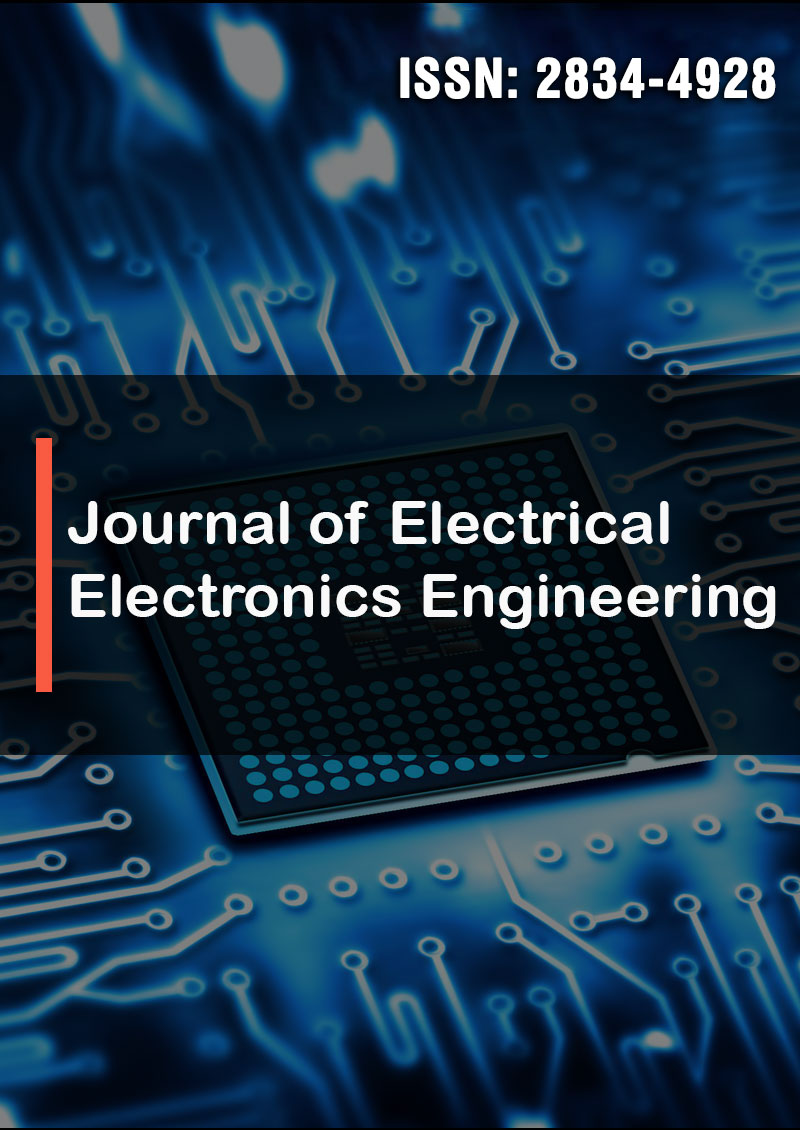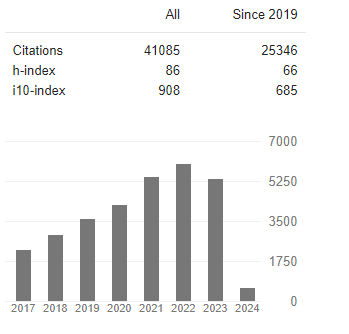A Comprehensive Framework For Itu Next Generation Pons
Abstract
M. Zuhair Arfeen, R. A. Butt, Faisal Ahmed, Quang N. N
Due to the higher number of Optical Network Units (ONU), the power dissipation of Next Generation Passive Optical Net- work (PON) has gradually risen. Several energy energy-saving schemes have been proposed by the International Telecom- munication Union (ITU) such as Cyclic Doze Mode (CDM) and Cyclic Sleep Mode (CSM). The performance of the small capacity devices (nodes) is relying on traffic advent or arrival rate and traffic threshold on which Local Wakeup Indication (LWI) ignited. Thus, an investigative model of ONU to review different CSM / CDM control schemes need extremely import- ant and as well as becoming a hot topic among the scientific community. The state-of-the-art models do not use the sleep buffer parameter that yields lower performance assessment of the CSM process at limited traffic advent rates. They are incapable to acquire the CSM / CDM process at the above traffic rates. The proposed work boosts the current Discrete-Time Markov Chain (DTMC) established power exhibit taking into account a parameter i.e. sleep buffer at each ONU. Addition- ally, it governs the LWI events at the ONU and as well as Optical Line Terminal (OLT). Furthermore, the suggested exhibit precisely measures the ONU sojourn in every CSM / CDM state, energy savings, and power dissipation of ONU which de- pends on the advent rate of traffic. According to the recommended model, a CSM / CDM framework is also supplemented to configure all the parameters effectively under the given average delay constraints.




